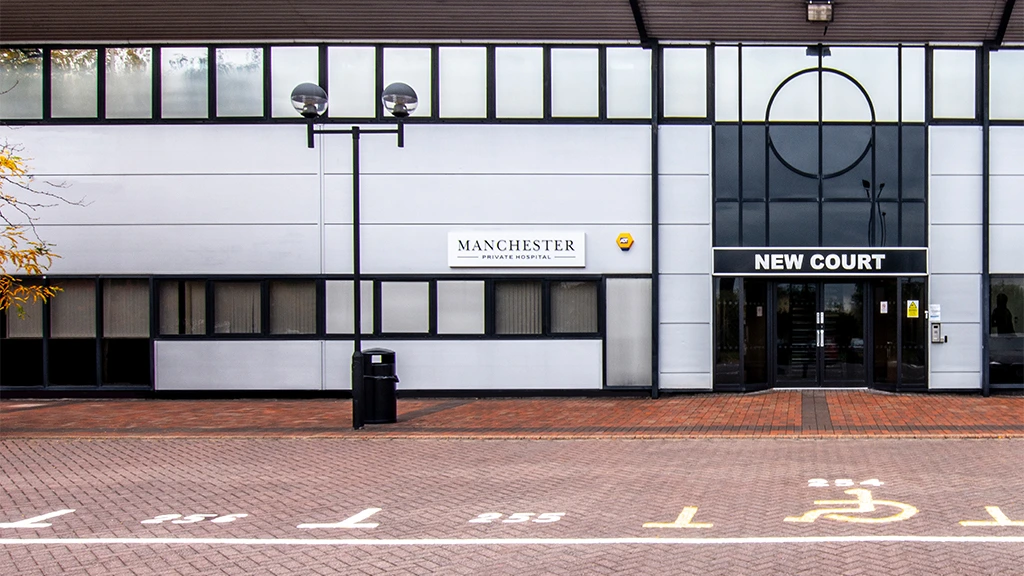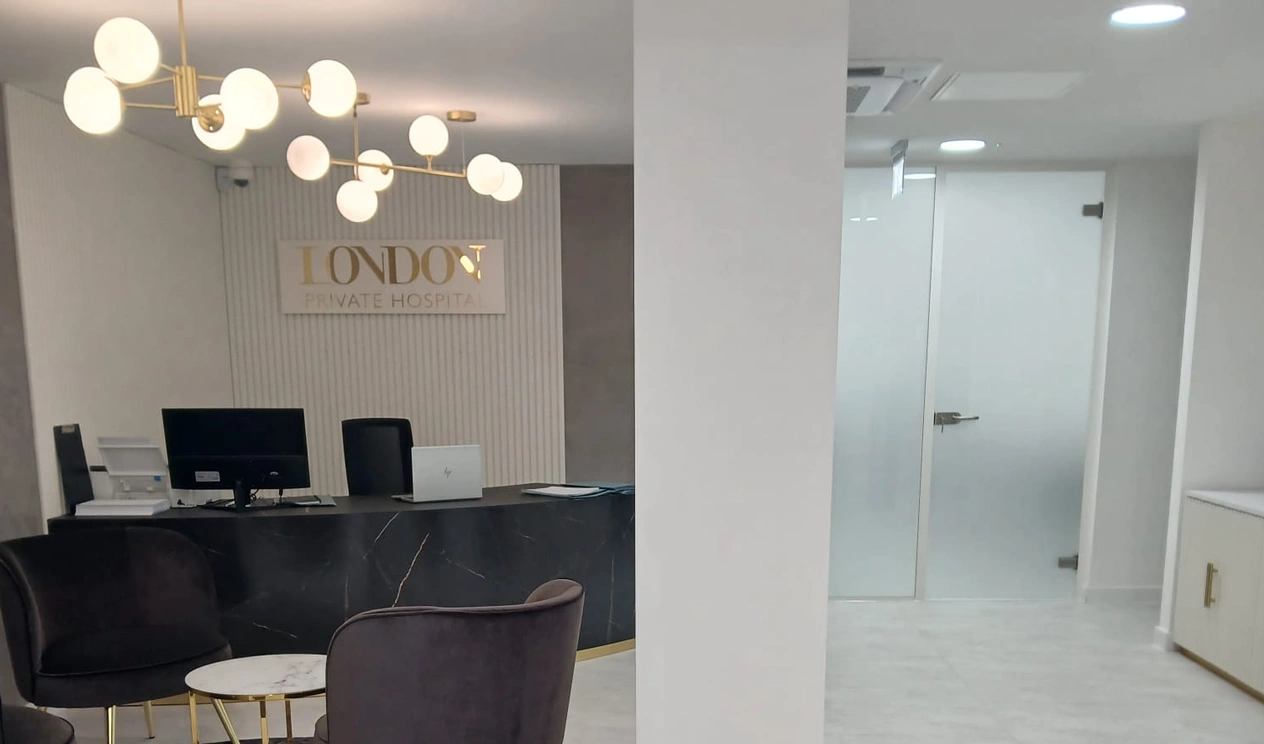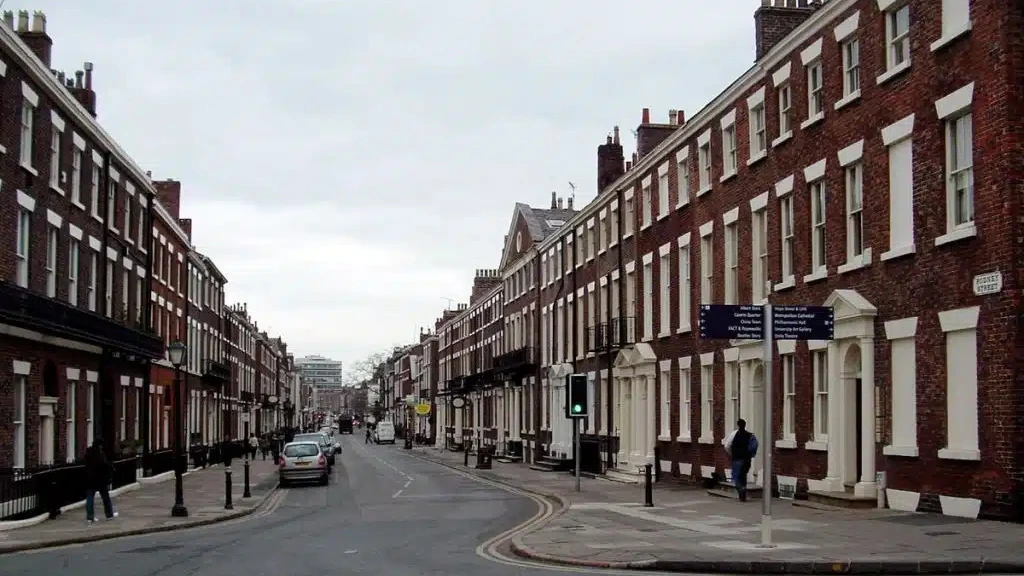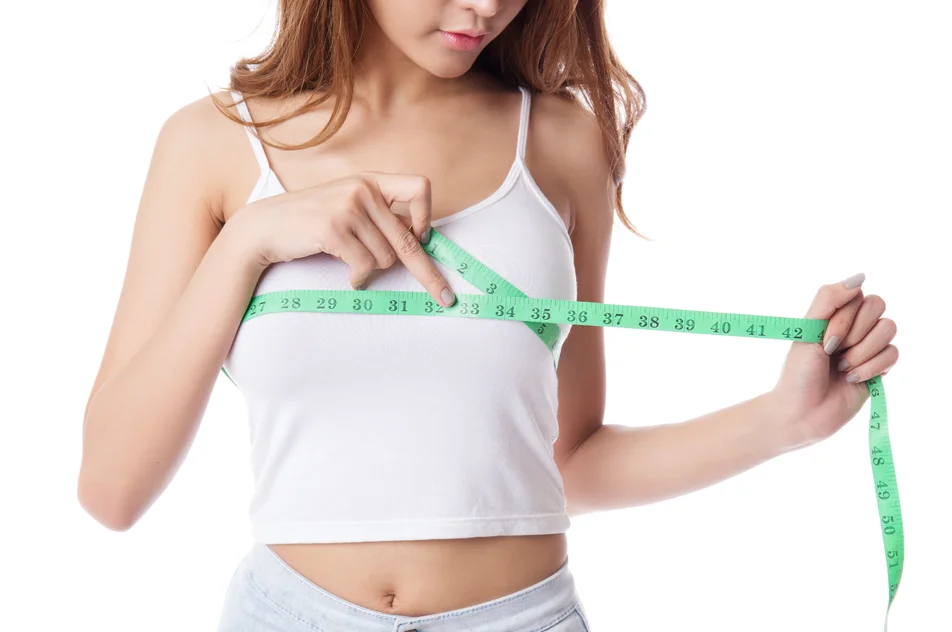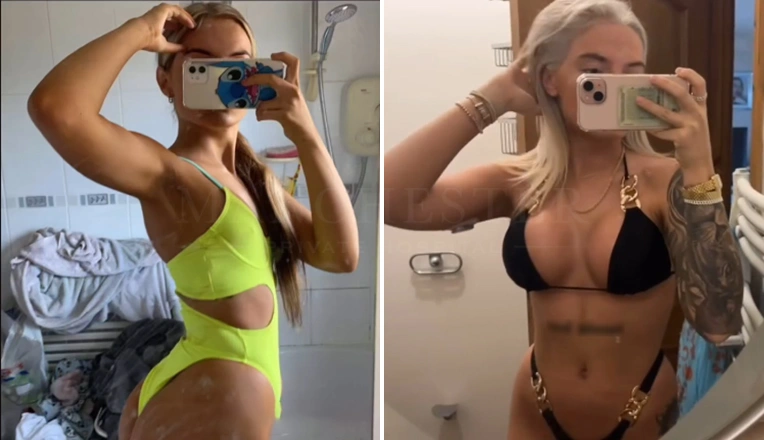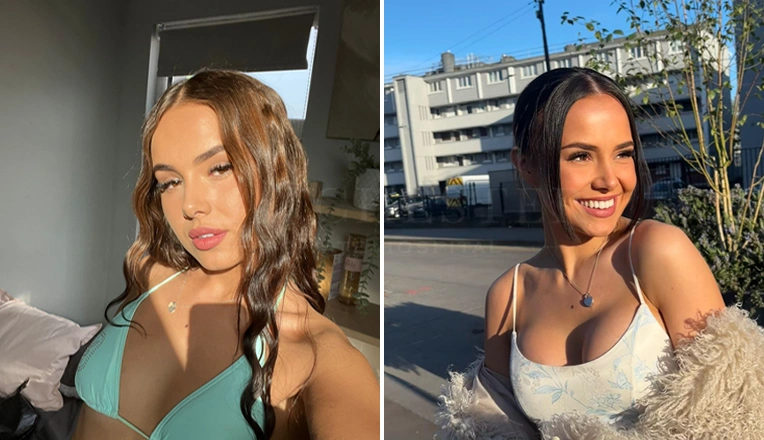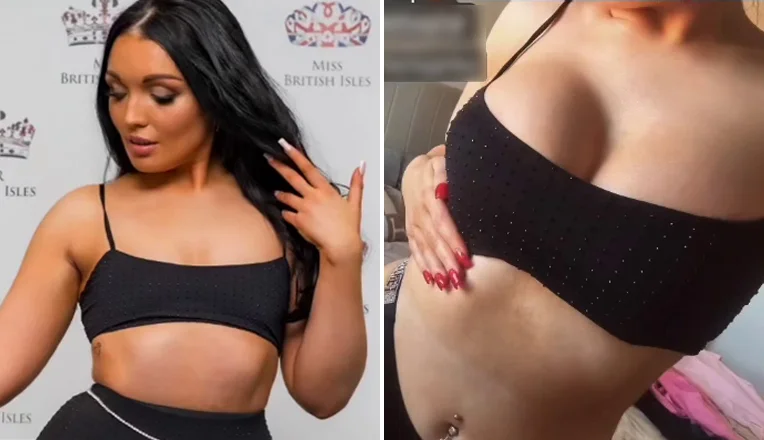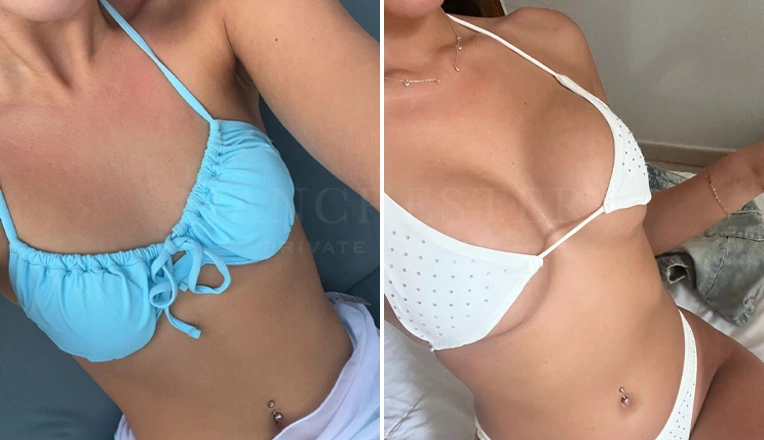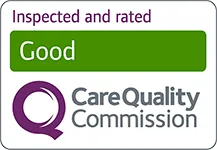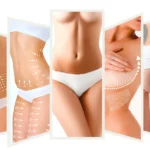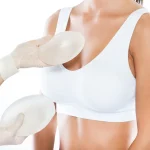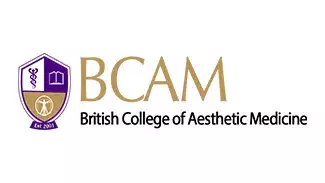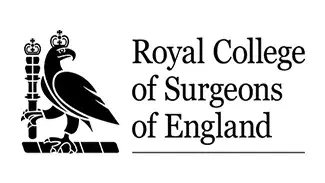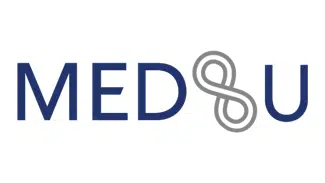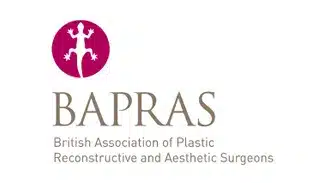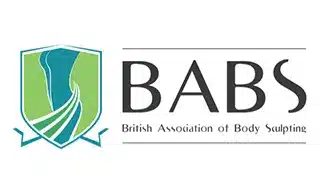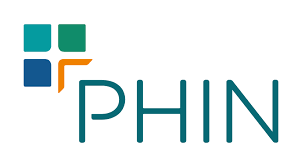Understanding Small Breasts
Small breasts medically termed as hypomastia can be the result of various factors. Some women may have breasts that appear underdeveloped or even flat. It is important to understand that these differences are completely normal and that each woman’s body is unique.
How can I determine if my breasts are considered small?
Determining whether one has a bust can be subjective and varies widely. In the UK band sizes range from 26 to 64 with cup sizes ranging from AA to M. Showcasing the range of breast sizes available. Factors such as nationality, ethnicity, age and body mass index (BMI) all play a role in this diversity.
Factors Influencing Small Breast Size
1. Genetics: Genetics play a significant role in determining female breast size. If women in your family tend to have small breasts, you might also have a smaller breast size. This inherited trait affects the amount of glandular tissue, fat, and overall volume of the breasts.
2. Hormonal Levels: Hormones, particularly estrogen and progesterone, are crucial for developing breasts. Low levels of these hormones during puberty can lead to undeveloped or underdeveloped breasts. Hormonal imbalances or conditions like polycystic ovary syndrome (PCOS) can also affect breast development.
3. Body Composition: Women with a body type or lower body fat percentage typically have breasts because breasts primarily consist of fatty tissue. Therefore lower body fat levels can contribute to a breast size.
4. Age and Life Stages: Breast size can change with age and life stages such as puberty, pregnancy, and menopause. Some women may experience minimal breast development during puberty, resulting in a small breast size that persists into adulthood.
5. Diet and Nutrition: Poor nutrition during developmental years can affect overall growth, including developing breasts. A balanced diet rich in essential nutrients supports healthy breast development.
6. Weight Changes: Significant weight loss can lead to breasts getting smaller as body fat decreases. Conversely, weight gain can sometimes increase breast size, although this varies among individuals.
Psychological and Social Impact
When a woman has breasts it can affect how she feels about herself and her body. The media and society often focus on breasts, which can make women with breasts feel insecure or not good enough. It’s essential to understand that the size of your breast size doesn’t define your worth or attractiveness.
When to See a Doctor
You should consider seeing a doctor if you:
- Notice sudden changes in breast size.
- Experience pain or discomfort in your breasts.
- Have concerns about breast development or hormonal imbalances.
- Are considering breast augmentation or other enhancement procedures and want professional advice.
What Can Be Done
For women who feel self-conscious about their small breasts, there are several options to consider:
1. Non-Surgical Options:
- Padded Bras and Inserts: Wearing padded or push up bras as well as silicone inserts can help create the illusion of larger breasts and enhance your figure. Many brands specialize in bras tailored for busts offering a range of choices.
- Exercise: Strengthening the muscles beneath the breasts can improve their appearance and provide a lift although it won’t increase breast size.
2. Hormonal Treatments: In some situations hormonal treatments may be suggested to address imbalances affecting breast size. It’s important to seek advice from healthcare before exploring this route.
3. Diet and Nutrition: Following a diet and ensuring nutrition can promote overall body development, including that of the breasts. However changes in breast size due to diet are typically minimal.
4. Breast Augmentation Surgery: For a more permanent solution, breast augmentation surgery is an option. This procedure involves the insertion of implants to increase breast size and improve shape. It is essential to consult with a qualified plastic surgeon to discuss the risks, benefits, and expected outcomes.
5. Fat Transfer Breast Augmentation: This surgical option uses your own body fat to enhance breast size. Fat is harvested from another area of your body, such as the abdomen or thighs, and injected into the breasts. This method provides a more natural look and feel compared to traditional implants.
6. Acceptance and Confidence Building: Embracing your natural body and focusing on self-confidence can have a profound impact on how you perceive your breasts. Engaging in positive self-talk, surrounding yourself with supportive individuals, and practicing self-love can help improve body image.
FAQs
What is the average breast size in the UK?
The typical average breast size in the UK is around a 34D cup. This can vary due to factors like genetics, age, and body composition. Breast size diversity is normal, and what’s seen as average can vary from person to person.
What are the most common reasons women choose breast augmentation?
Many women choose breast augmentation to increase their small breast size, improve body symmetry, and boost self-confidence.
What options are available for women with small chests?
Options include traditional breast augmentation with implants, fat transfer procedures, and non-surgical methods such as hormonal treatments and targeted exercises.
How can I find the right bra for my small breasts?
Look for bras with padding or push-up features designed to enhance small breasts. Brands that specialize in bras for small breasts offer a variety of styles to suit your needs.
Conclusion
Small breasts are a natural variation in breast size, influenced by genetics, hormones, body composition, and other factors. While some women may seek ways to enhance their small breast size, it’s crucial to remember that beauty comes in all shapes and sizes. Embracing your natural body or exploring enhancement options is a personal choice.
Whether you opt for non-surgical solutions like padded bras and exercises, or consider surgical options such as breast augmentation or fat transfer, the key is to choose what makes you feel your best. Understanding the factors that contribute to breast size and the available options can empower you to make informed decisions, helping you embrace your unique body and build confidence.
If you have any concerns or are considering breast enhancement options, consult with a healthcare professional to explore your choices and receive personalized advice.
Breast Enlargement Before & After Results
Read Our Patient Reviews
Explore our reviews made by real patients
Meet Our Expert Surgeons
Get to know our highly experienced surgeons
Consultation Locations
We offer Consultations from a number of locations around the UK
Prices and finance
We have partnered with Chrysalis Finance, allowing patients to apply for cosmetic surgery finance for all our procedures
Consultation Locations
Manchester Hospital
Manchester Private Hospital New Court, Regents Place, Windsor
Street Salford, Greater Manchester, M5 4HB.
